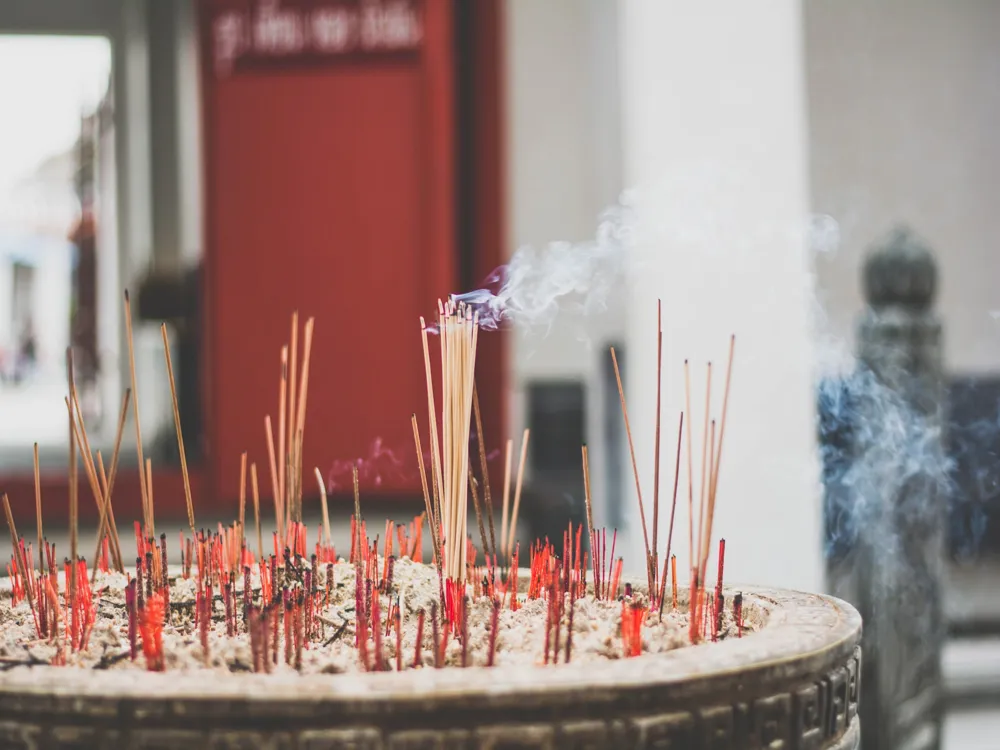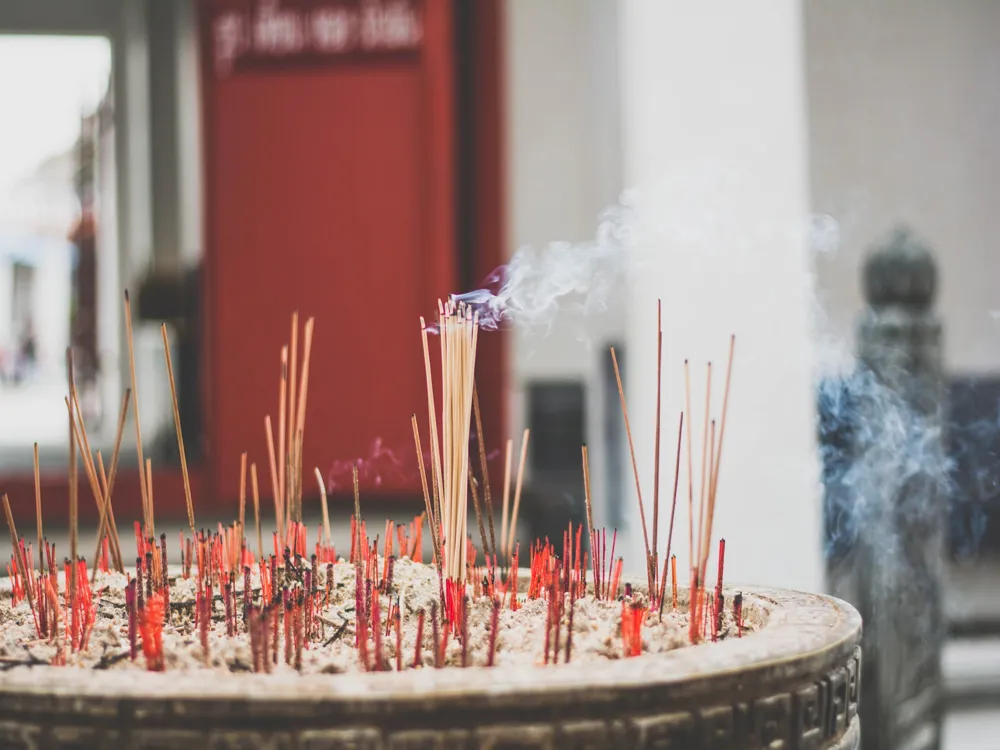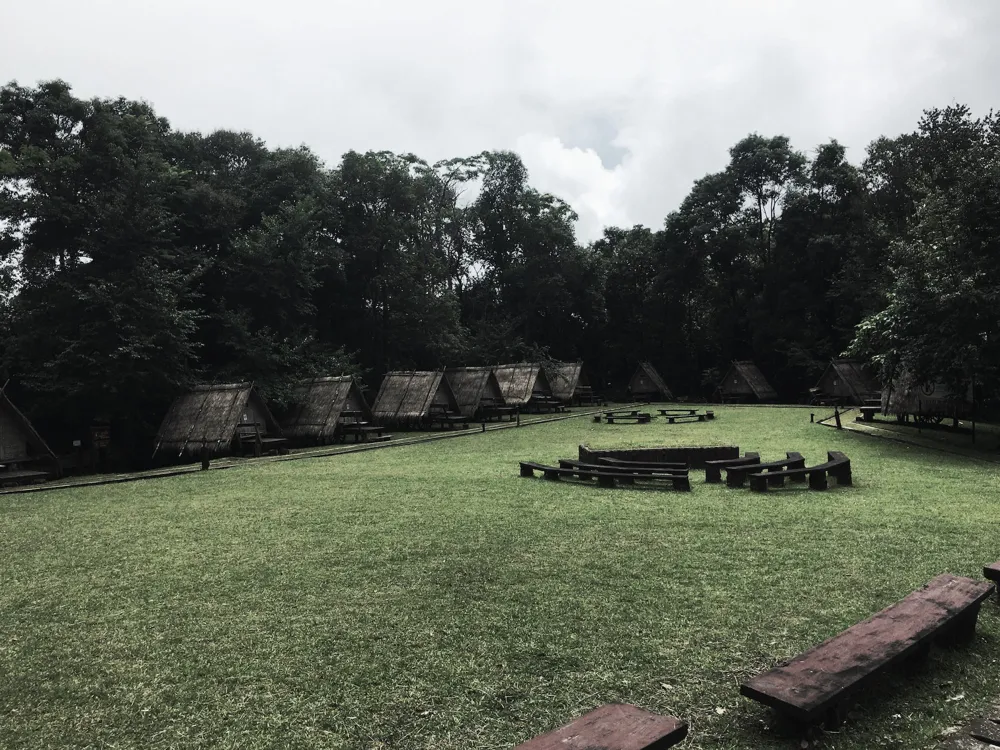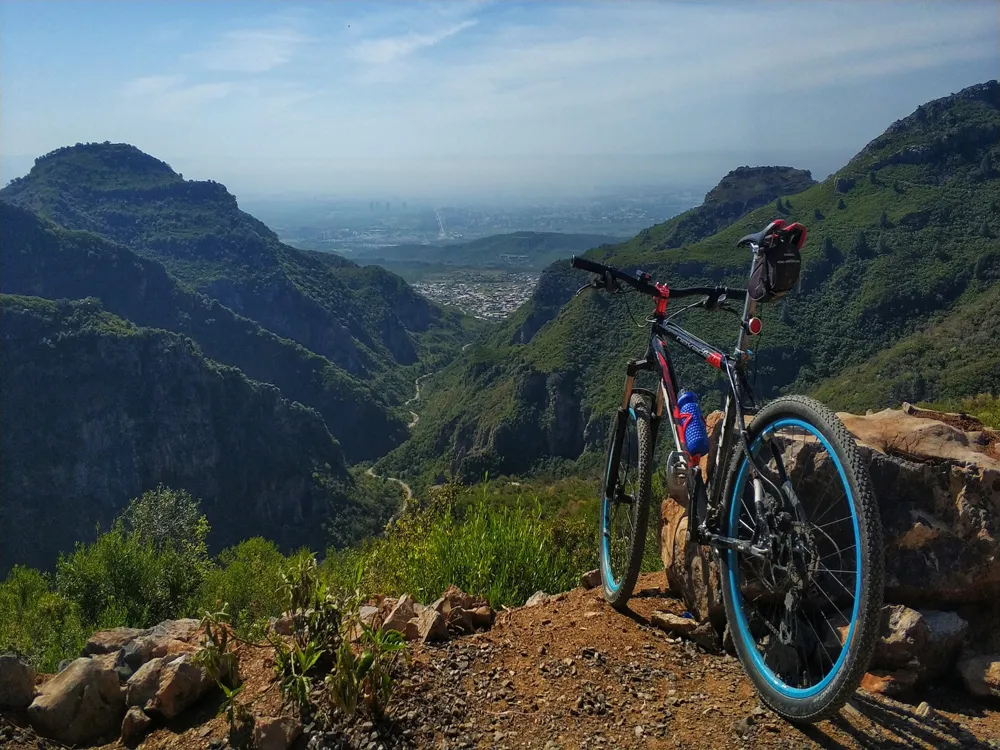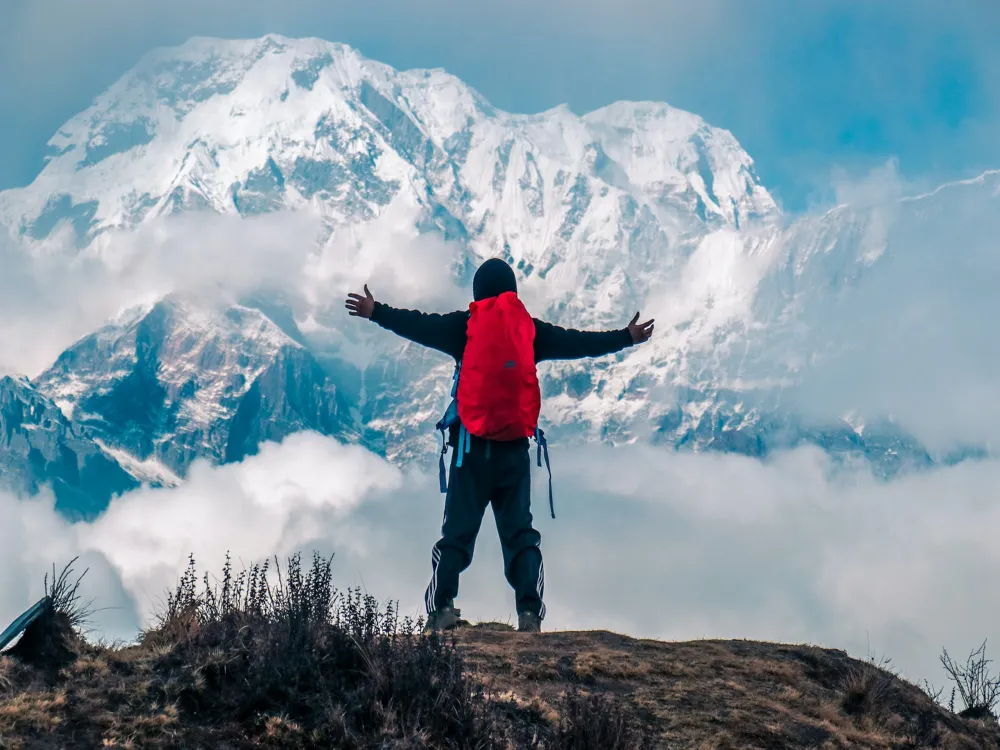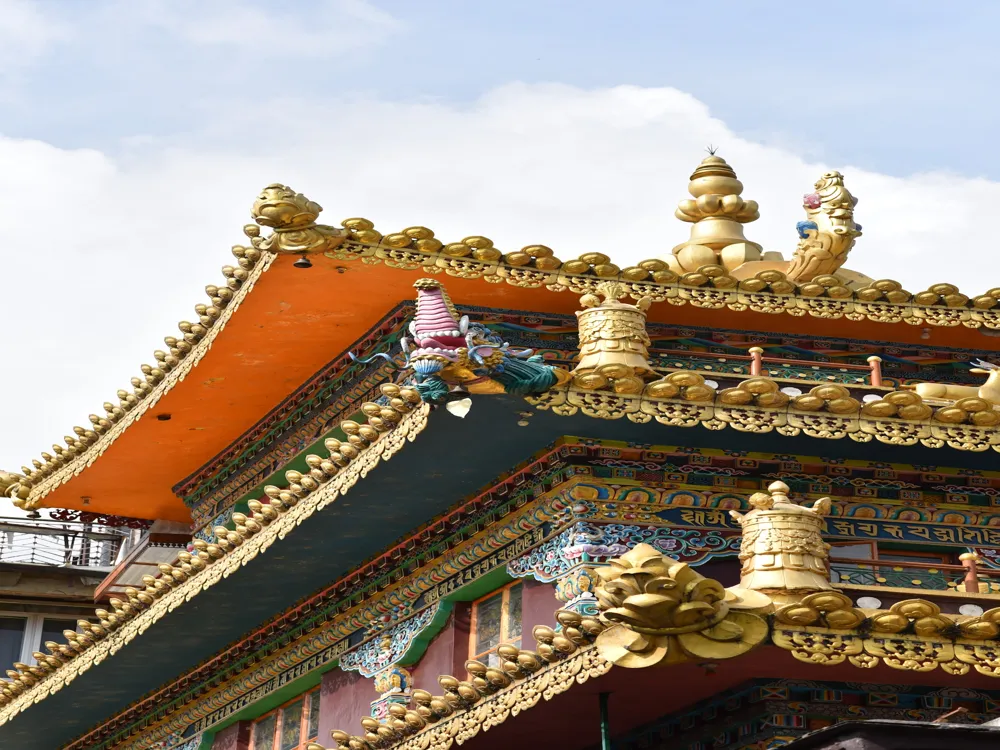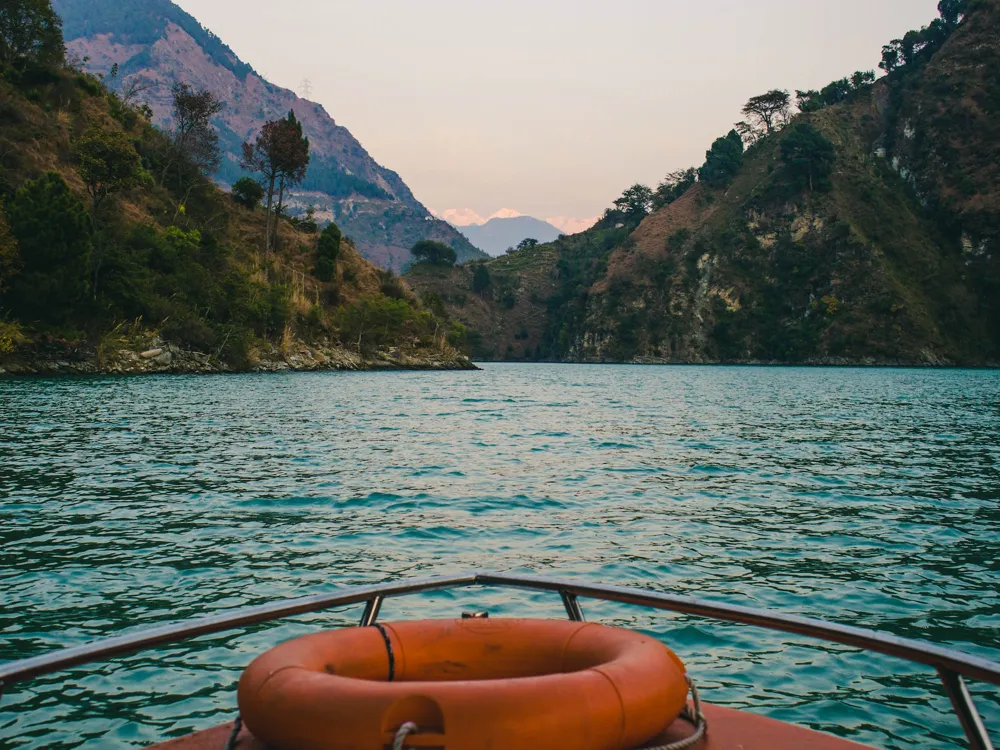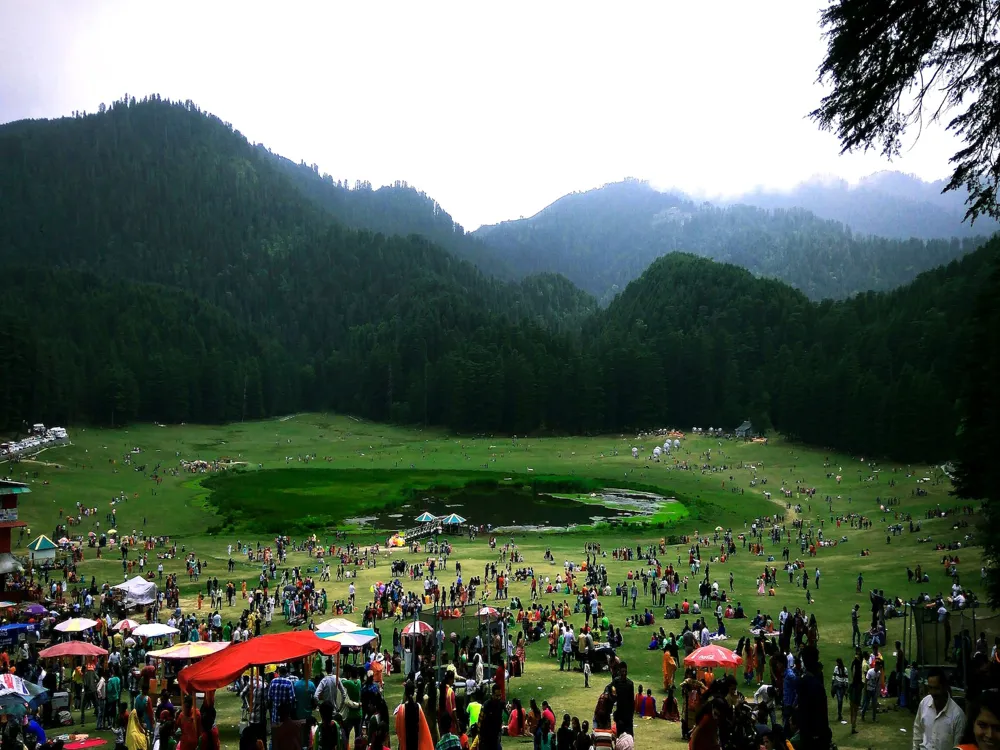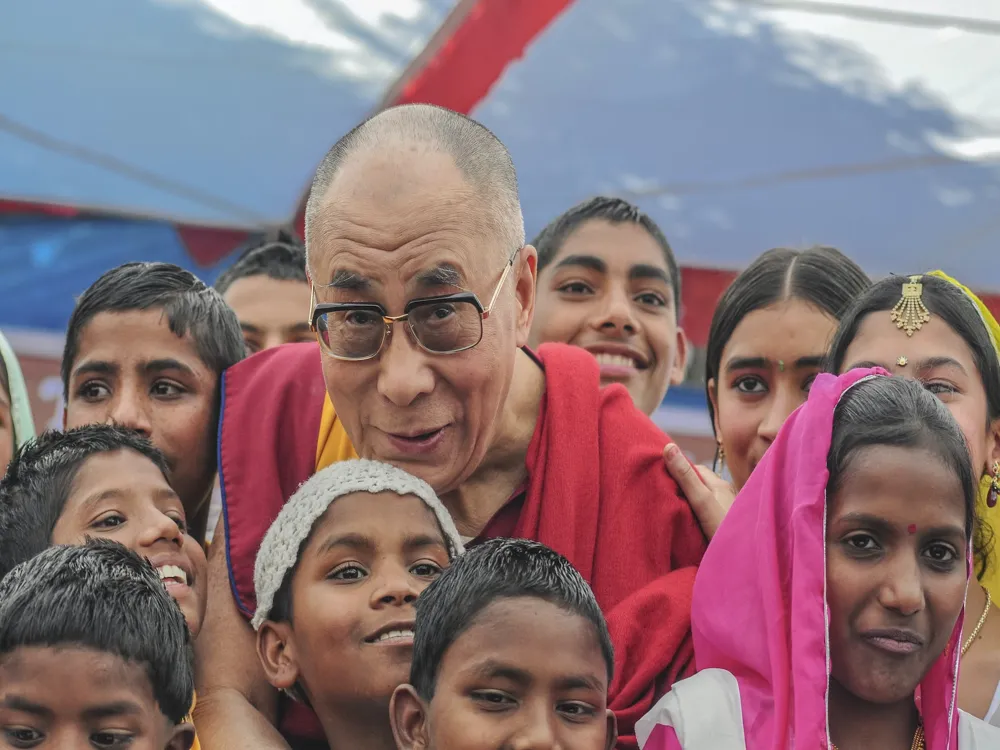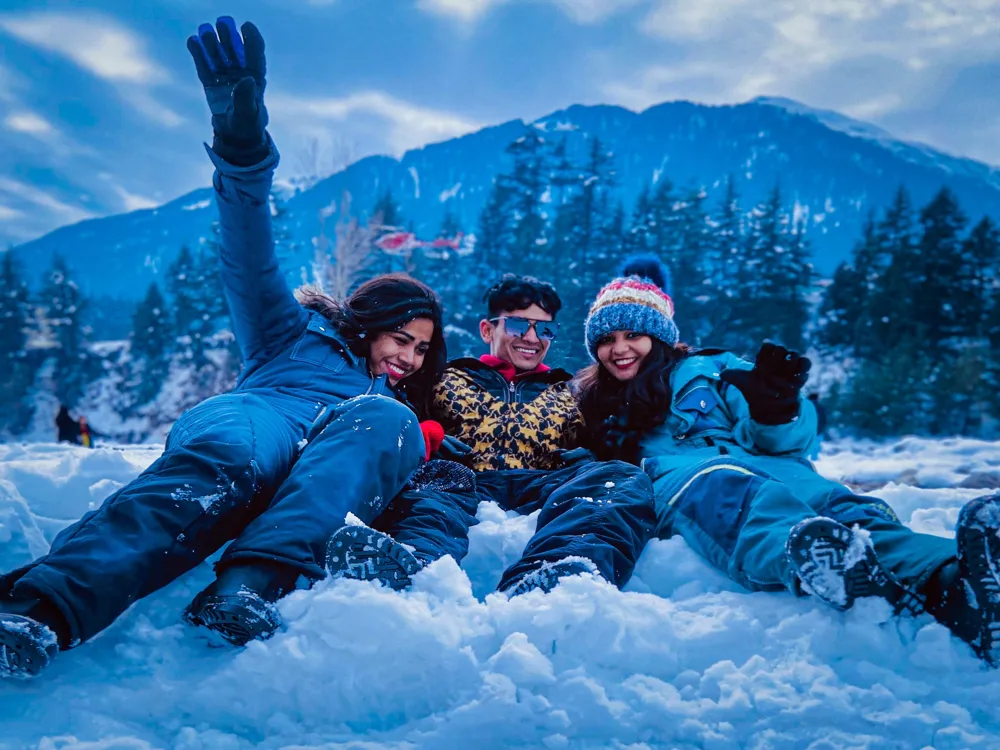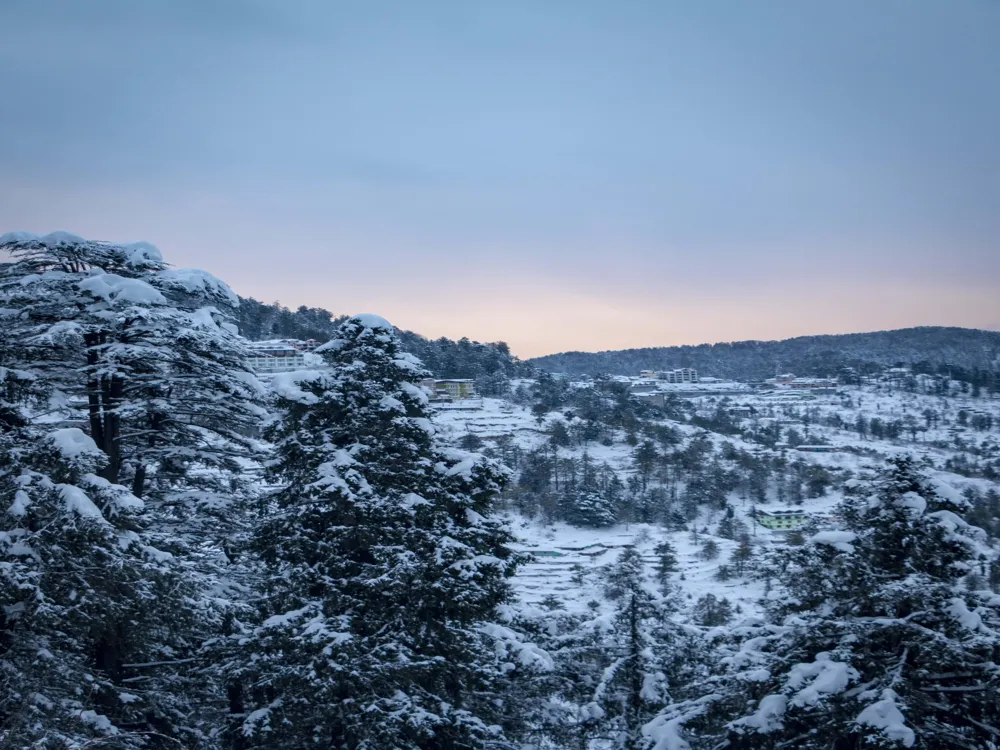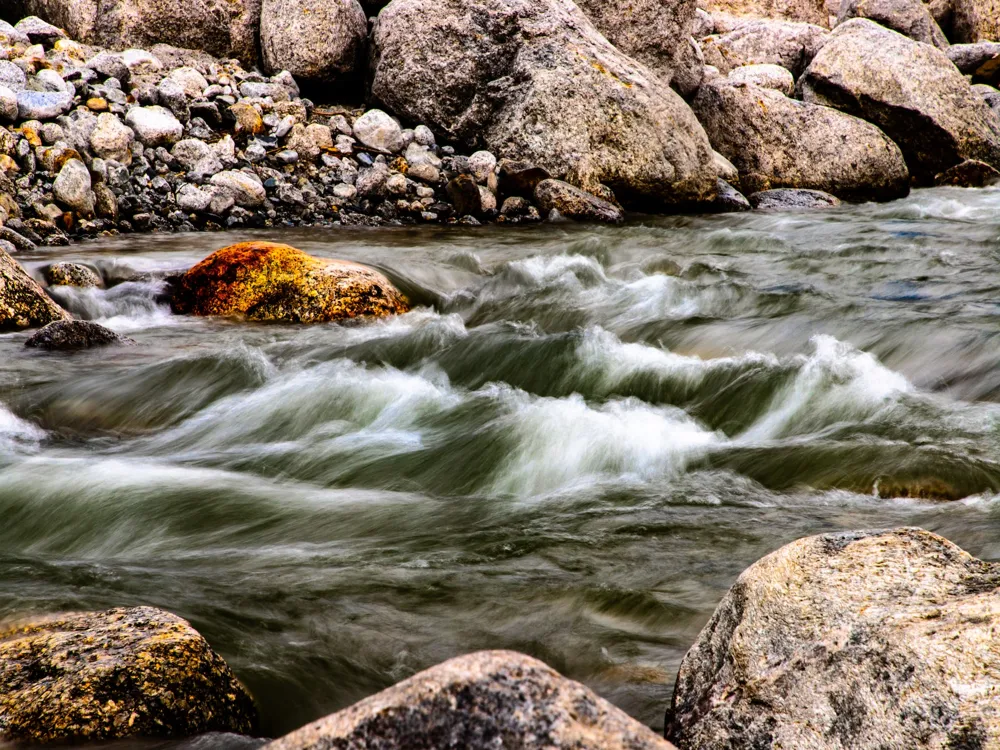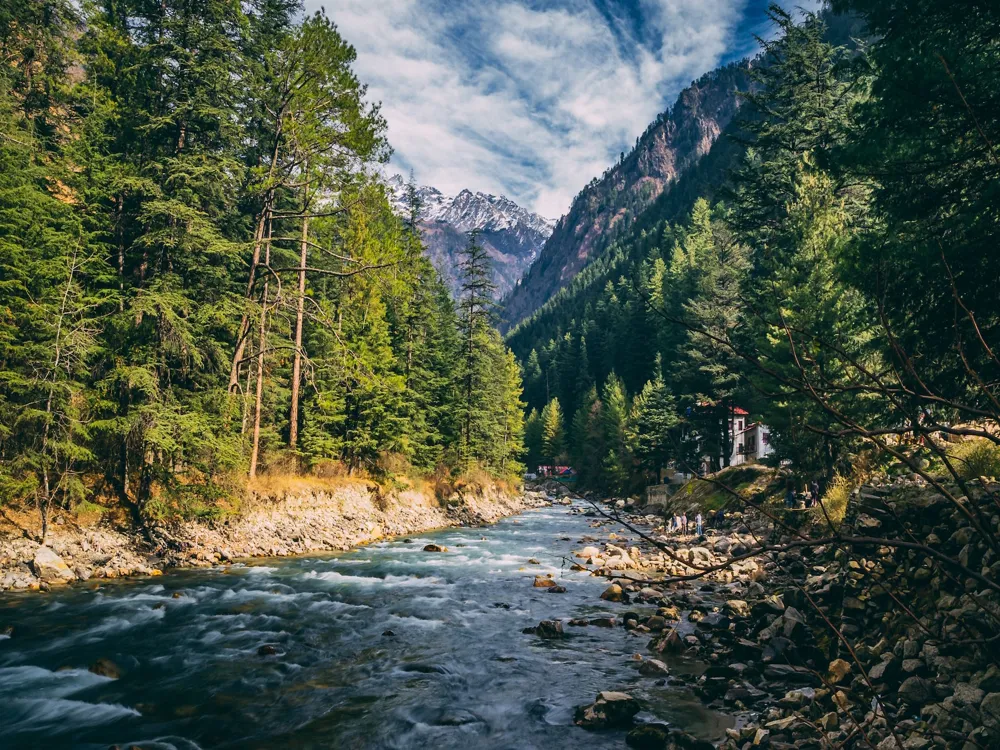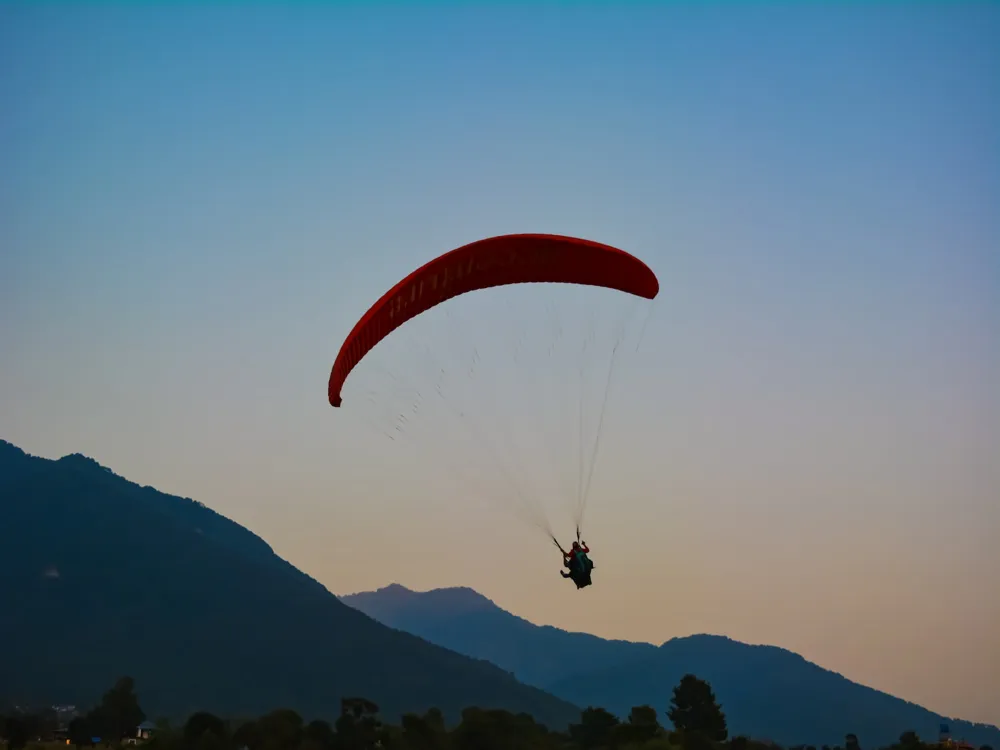Nestled in the sublime Himalayan foothills of Himachal Pradesh, the Kangra Fort stands as a monumental testimony to India's rich history. Often hailed as one of the oldest forts in the country, its origins trace back to the ancient Trigarta Kingdom, mentioned in the epic Mahabharata. Over centuries, the fort has witnessed the rise and fall of numerous dynasties, including the Rajputs, Mughals, and Sikhs, making it a fascinating chronicle of resilience and architectural marvel. The Kangra Fort's strategic location at the confluence of the Banganga and Manjhi Rivers made it a coveted prize for invaders and rulers alike. Its massive walls and ramparts, which gracefully snake around the contours of a rustic hill, speak volumes of its defensive prowess. The fort complex is a labyrinth of intricately carved temples, majestic gates, and royal chambers, each narrating a story from a bygone era. Visitors are often mesmerized by its grandeur and the panoramic views of the surrounding valleys it offers. The fort's history is a tapestry of battles, legends, and cultural intermingling. It has seen the glory of the Rajput rulers, the might of the Mughal emperors, and the resilience of the Sikh leadership. The fort's architecture, too, reflects this diverse cultural influence, with elements from Hindu, Islamic, and colonial styles blending seamlessly. Despite suffering significant damage from earthquakes and invasions, the Kangra Fort stands today as a proud symbol of India's enduring heritage. Exploring the Kangra Fort is like walking through the pages of history. Each turn within its confines reveals a new chapter from the past, be it the majestic Ambika Mata Temple, the hauntingly beautiful Jahangiri Darwaza, or the enigmatic Andheri Darwaza. The fort's museums offer a rich collection of artifacts that provide insights into the life and times of its erstwhile rulers. The Kangra Fort is not just a historical monument but a living narrative of human endeavor and architectural finesse. The architectural grandeur of the Kangra Fort is a confluence of various styles, shaped by the numerous dynasties that ruled over it. The fort's layout, designed to leverage its strategic hilltop location, is a marvel of ancient engineering. The fortifications include multiple gates, each with its unique defensive mechanisms, including iron spikes to deter elephant charges and intricate bastions for soldiers. Among the notable architectural features is the Vajreshwari Temple, dedicated to the goddess Vajreshwari. Its intricate stone carvings and ornate design reflect the skill of artisans from the ancient era. The Lakshmi Narayan Temple and the Sitala Mata Temple within the fort's precincts further showcase the blend of religious and architectural heritage that the fort embodies. The fort's palaces, such as the Sheesh Mahal and Jahangir Mahal, exhibit a mix of Hindu and Mughal architectural influences. Intricate frescoes, elaborate courtyards, and beautifully carved pillars in these palaces offer a glimpse into the lavish lifestyles of the rulers. The Sheesh Mahal, in particular, is renowned for its mirrored ceilings and exquisite wall paintings. The fort's defensive structures, including the watchtowers and battlements, provide insights into the military strategies of ancient India. The ramparts, which offer breathtaking views of the surrounding landscapes, are a testament to the strategic importance of the fort in historical battles. The architectural brilliance of Kangra Fort not only lies in its grand structures but also in its sophisticated water systems, granaries, and administrative offices, which reflect the advanced urban planning of the era. The ideal time to visit Kangra Fort is between September and June. The weather during these months is pleasant, making it easier to explore the expansive fort. Monsoons, though beautiful, can make the pathways slippery and challenging. Comfortable walking shoes are a must as the fort requires a lot of walking, often on uneven terrain. Light cotton clothes are recommended during summer, while winters may require light woolens due to the cooler climate of Himachal Pradesh. Opting for a guided tour can greatly enhance your experience at Kangra Fort. Knowledgeable guides provide fascinating insights Read MoreOverview of Kangra Fort, Himachal Pradesh
Architecture of Kangra Fort
Tips When Visiting Kangra Fort
Best Time to Visit
What to Wear
Guided Tours
Kangra Fort
Kangra
Himachal Pradesh
NaN onwards
View kangra Packages
Weather :
Tags : Forts & Palaces
Timings : 9:00 AM - 5:00 PM
Entry Fee : Indian Tourists: INR 150,
Foreign Tourists: INR 300
Planning a Trip? Ask Your Question
Kangra Travel Packages
View All Packages For Kangra
Top Hotel Collections for Kangra

Private Pool

Luxury Hotels

5-Star Hotels

Pet Friendly
Top Hotels Near Kangra
Other Top Ranking Places In Kangra
View All Places To Visit In kangra
View kangra Packages
Weather :
Tags : Forts & Palaces
Timings : 9:00 AM - 5:00 PM
Entry Fee : Indian Tourists: INR 150,
Foreign Tourists: INR 300
Planning a Trip? Ask Your Question
Kangra Travel Packages
View All Packages For Kangra
Top Hotel Collections for Kangra

Private Pool

Luxury Hotels

5-Star Hotels

Pet Friendly











